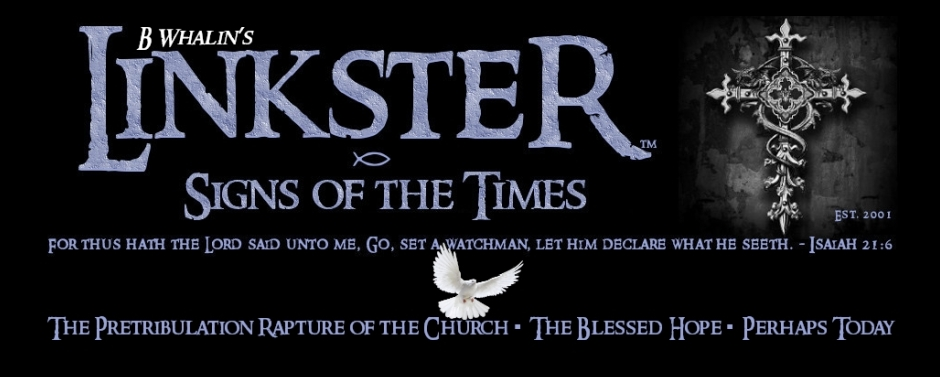

By Dr. Ron Rhodes: New Agers have long claimed the Gnostic gospels are the true Scriptures. Pop-fiction writers such as Dan Brown claim the same. Some liberal Christian scholars give high credence to these so-called “gospels.” In what follows, I will demonstrate why they are false gospels.
Christians have been concerned about false gospels since the early years of Christianity. In his classic Adversus Haereses (Against Heresies), Irenaeus (AD 130-200) refers to “an unspeakable number of apocryphal and spurious writings, which they themselves [heretics] had forged, to bewilder the minds of the foolish.” One of the Gnostic gospels discovered at Nag Hammadi in 1945 is The Gospel of Truth, about which Irenaeus says: “It agrees in nothing with the Gospels of the Apostles, so that they have really no Gospel which is not full of blasphemy. For if what they have published is the Gospel of Truth, and yet is totally unlike those which have been handed down to us by the Apostles… [then] that which has been handed down from the Apostles can no longer be reckoned the Gospel of Truth.” Origen (AD 185-253) noted that “the Church possesses four Gospels, heresy a great many.”
Presently there are three theories about the formation of the Nag Hammadi collection. One theory is that the library belonged to a Sethian Gnostic sect that lived in the Nag Hammadi area. Seth, a son of Adam, was highly regarded as the ancestor of the race of enlightened Gnostics and is mentioned prominently in some Nag Hammadi texts. A second theory is that Christian Gnostic monks collected the library before the time when such monks were considered heretics and consequently expelled. Such monks may have hidden their gospels for safekeeping. A third theory is that orthodox monks collected the library for use in refuting Gnostic heretics...
Christians have been concerned about false gospels since the early years of Christianity. In his classic Adversus Haereses (Against Heresies), Irenaeus (AD 130-200) refers to “an unspeakable number of apocryphal and spurious writings, which they themselves [heretics] had forged, to bewilder the minds of the foolish.” One of the Gnostic gospels discovered at Nag Hammadi in 1945 is The Gospel of Truth, about which Irenaeus says: “It agrees in nothing with the Gospels of the Apostles, so that they have really no Gospel which is not full of blasphemy. For if what they have published is the Gospel of Truth, and yet is totally unlike those which have been handed down to us by the Apostles… [then] that which has been handed down from the Apostles can no longer be reckoned the Gospel of Truth.” Origen (AD 185-253) noted that “the Church possesses four Gospels, heresy a great many.”
Presently there are three theories about the formation of the Nag Hammadi collection. One theory is that the library belonged to a Sethian Gnostic sect that lived in the Nag Hammadi area. Seth, a son of Adam, was highly regarded as the ancestor of the race of enlightened Gnostics and is mentioned prominently in some Nag Hammadi texts. A second theory is that Christian Gnostic monks collected the library before the time when such monks were considered heretics and consequently expelled. Such monks may have hidden their gospels for safekeeping. A third theory is that orthodox monks collected the library for use in refuting Gnostic heretics...
Connect With John Ankerberg


